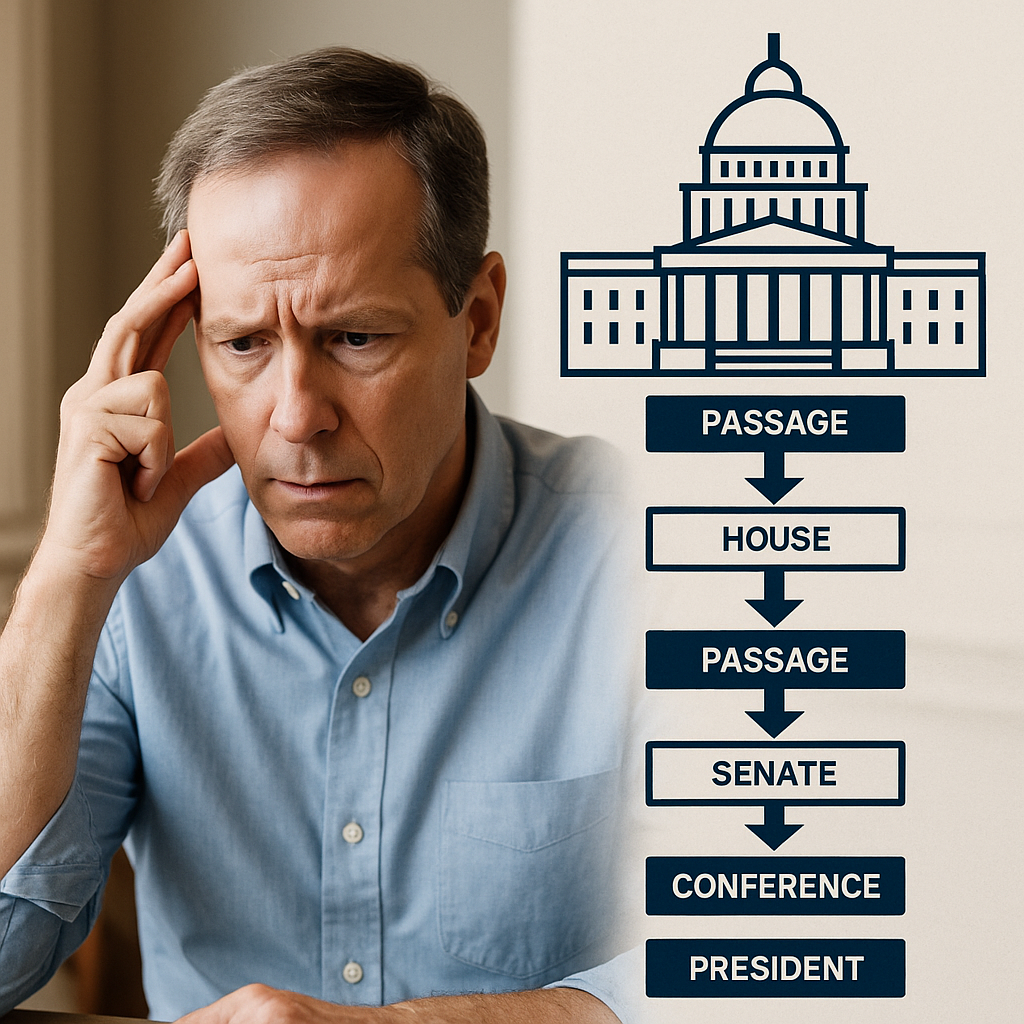July 30, 2025, 0 Comments
Navigating the Energy and Climate Innovation Landscape: Challenges and Opportunities for Entrepreneurs

Entrepreneurs working in the energy and climate sectors today face a paradoxical landscape: one defined by unprecedented opportunity and escalating complexity. But the urgency of the moment is underscored by the stark reality of political and fiscal headwinds.
A Dire Challenge: Budget Cuts and Shifting Political Winds
The proposed FY 2026 federal budget, alongside the “Big Beautiful Budget” (BBB) framework, signals substantial funding cuts across several innovation and climate-related programs. Notably, the U.S. Department of Energy’s (DOE) Office of Clean Energy Demonstrations has terminated 24 previously awarded projects—totaling over $3.7 billion—many of which were focused on decarbonization and carbon capture.
Simultaneously, the U.S. Department of Defense (DoD), including the Navy, is undergoing significant civilian workforce reductions. These cuts threaten to slow down R&D collaboration, demonstration access, and proposal evaluations, which are all critical to technology validation and transition. Agencies like the National Science Foundation (NSF) also face constrained resources, which could ripple across the broader ecosystem of federal R&D support.
The political rhetoric has shifted away from climate-focused language. Entrepreneurs must now grapple with how to frame their work in an environment where the word “climate” may be politically charged and proposals emphasizing “decarbonization” risk being deprioritized.
The Promise: Strategic Investment Amidst Realignment
Despite the fiscal tightening, the administration has elevated specific energy priorities that signal important lanes of opportunity. Nuclear energy, geothermal systems, hydropower, and marine energy have all received heightened attention as vital components of America’s energy independence and resilience strategy.
Artificial intelligence (AI) also stands out as a major focus area—both as an enabler of advanced grid management, predictive maintenance, and energy optimization, and as a broader national priority across federal innovation programs. Entrepreneurs developing AI-driven energy technologies may find additional traction if they can show value in operational efficiency, real-time control, and grid resilience.
Other key themes shaping investment and policy include:
- Energy resilience and grid modernization
- Domestic energy production and supply chain independence
- Energy dominance and national security alignment
- Operational cost reduction and infrastructure performance
These strategic shifts require entrepreneurs to thoughtfully recalibrate their language and proposals to reflect the priorities of the current moment. The table below illustrates some of the emerging best practices in proposal framing:
Old Language (Pre-2025) | Strategic Reframe (FY 2026 climate-aware) |
“Mitigating climate change” | “Enhancing energy security” or “reducing fuel costs” |
“Reducing greenhouse gas emissions” | “Improving operational efficiency” or “cutting waste” |
“Climate equity” | “Improving service delivery to rural/underserved areas” |
“Resilient to extreme climate events” | “Resilient to energy outages / natural hazards” |
“Decarbonization” | “Advanced performance in energy systems” |
“Sustainable energy innovation” | “Domestic clean technology manufacturing” |
However, the same environment presents new barriers. Funding cuts, workforce reductions, and shifting political rhetoric require innovators to reframe their value propositions.
As a result, successful entrepreneurs should tailor proposals to emphasize resilience, infrastructure modernization, energy security, and economic competitiveness. This includes messaging that highlights job creation, cost savings, and mission alignment over broad climate goals. Demonstrating a technology’s readiness, dual-use potential, and capacity to integrate with existing infrastructure has never been more essential.
SBIR/STTR: New Tools, Tighter Timelines
Programs like SBIR/STTR continue to be vital, especially for early-stage ventures. Legislative proposals like the INNOVATE Act aim to modernize these programs by introducing fast-track Phase 1A awards, strategic Direct-to-Phase II pathways, and open-topic solicitations. DoD, in particular, now requires that some breakthrough awards be made within 90 days, reflecting a shift toward faster procurement and higher accountability.
Still, startups must manage these programs strategically. With more scrutiny on commercialization plans and greater competition for limited funding, entrepreneurs should ensure their applications show clear use cases, end-user engagement, and cost-effectiveness.
Navigating the Path Forward
To succeed in today’s climate and energy innovation space, entrepreneurs must:
- Understand agency priorities and budget realities
- Frame their work in terms of resilience, efficiency, and national interest
- Take advantage of permitting reforms and demonstration programs like ESTCP and SERDP
- Use tools like Transition Broker Teams and NavalX Tech Bridges to find partners
- Engage with Phase 1A or Direct-to-Phase II mechanisms to accelerate access to capital, if and when they become available
The stakes are high, but so is the potential for impact. For those who are mission-driven and adaptable, this is a moment of transformation. Success requires more than a good idea—it demands agility, alignment, and advocacy.
